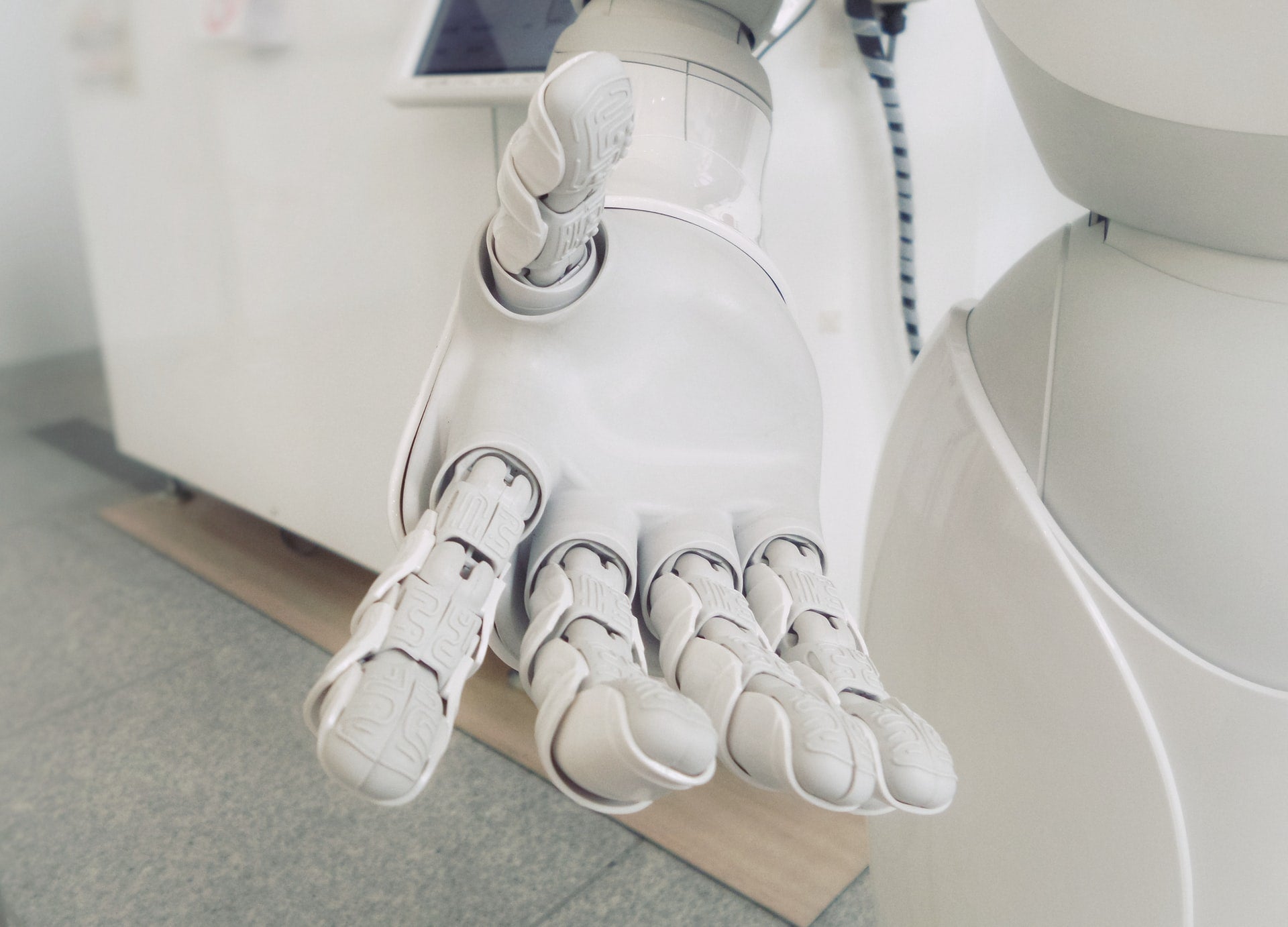Did you know that experts estimate a global talent deficit of 85.2 million workers by 2030? Over the next decade, organizations will continue to feel the impact of this deficit and require more innovative technologies that streamline their hiring process to remain competitive in the talent market.
The introduction of AI and automation in talent acquisition technology and recruiting software has helped talent teams speed up the hiring and recruiting process. After all, these technologies can collect and sort through data quickly, saving you the manual effort of sourcing candidates, sifting through applications, screening applicants, scheduling interviews, and emailing back and forth constantly. They should speed up your time-to-hire and allow you to attract and connect with talent before your competitors.
But, not all tools are suitable for your needs.
In fact, in recent years, 88 percent of employers claim talent acquisition technology, including their ATS systems, dismissed qualified candidates because they didn’t precisely match the job description criteria. While there are an incredible amount of recruitment technology providers in the market, with the average organization using ten or more tools, it’s important to know how to best leverage the right solutions for your business.
That’s why it’s crucial to vet your AI and automation recruiting software shortlist. Before committing to a platform, dig deeper into technical capabilities and the organization’s ethos. Ask yourself: do they incorporate AI into their philosophy? And do the features within their platform actively advance our talent acquisition processes? You need to find a strategic and technically sound tool that works with your recruitment goals, not against them.
To help you along, we’ve listed four evaluation questions you should ask yourself when scoping AI and automation recruiting software.
1. Does It Help Remove Mundane Tasks?
On average, managers spend around eight hours of their working week on repetitive administration tasks. Though a quarter of surveyed managers say this is closer to four hours per working day.
This is an excessive amount of time wasted. Time that your recruitment teams could spend on more value-driven tasks, such as interviewing candidates. So, when choosing recruitment software, see whether it’ll ease the time-consuming nature of tasks such as:
Screening
Vetting your applicants is an integral part of the hiring process. But, manually, it can eat into your time. Ideally, your recruitment software should leverage AI that:
- Screens candidates seamlessly. Avoid wasting your time manually screening candidates. Leverage technology that helps identify candidates that will make a good fit and those that won’t.
- Enhances the human aspect of hiring. This means communicating with your candidates where they’re most comfortable. For example, through ongoing, automated text messages. These text bots can learn from real conversations with candidates and change their messaging accordingly.
- Offers video screening. If you lack the time for a phone screening, but you’d still like to hear your candidate, your recruiting technology should offer on-demand video screening. This permits candidates to answer your screening questions without anyone else present. You can access these videos in your own time, or view them with your hiring team.
Interviewing
The average interview lasts between 30 minutes to an hour. When you add up the number of interviews you’re likely to conduct, this can eat into a large amount of time.
AI video interviewing capabilities carefully analyze your candidates’ facial expressions and verbal responses. This may be useful for job roles in customer service or healthcare, where friendliness and empathy are crucial qualities to look out for. When the interview’s complete, the AI tool then scores each candidate’s performance.
That said, don’t solely rely on AI-driven interviews. Instead, choose software that blends efficient AI capabilities with your own indispensable human expertise.
Capabilities to look out for include:
- Calendar syncing. Avoid endless back-and-forth emails and compile your hiring teams’ calendars together into one view. That way, you can schedule interviews at speed.
- Self-scheduling. Automated scheduling encourages your candidates to book interview times that suit them. It also ensures you don’t lose interview requests in your disparate inboxes.
- Consolidation of interviewer feedback. Certain recruiting software allows your team to rank candidates based on set criteria, which you can then review and compare after the interview.
Candidate Sourcing
Wouldn’t it be nice to click one button and post your job applications to multiple job sites at once? When choosing recruiting software, identify capabilities that’ll make job posting as easy as possible. Automated candidate sourcing enables you to create one job opening and post it to all of your select job boards and social media channels. It really is a case of one click and you’re done.
And, if you’re unsure which job boards to post to, AI can offer some data-driven insights. Some recruitment systems will offer audience targeting functions, such as automatically allocating budget spending to job boards that produce the best results.
2) Does It Mitigate Conscious and Unconscious Biases?
‘Now discrimination is more subtle. It’s more unconscious. I think unconscious bias is one of the hardest things to get at.’ – Ruth Bader Ginsburg
Diversity, equity and inclusion are not only important for your employees and culture, they can also increase your financial performance. But while most organizations are on the same page in regards to hiring more diverse recruits, no one is immune from unconscious and conscious bias. Particularly during the talent acquisition process.
Workplace training can do a lot to educate recruiters on identifying and tackling this bias. But, to add an extra layer of confidence, you should adopt tools that actively mitigate bias.
As such, ensure your recruiting technology of choice:
- Scrubs data around race, gender, and age. This will allow the screening process to focus solely on a candidate’s job history and skills. (Not superficial qualities that don’t contribute to their job suitability.)
- Uses AI-driven job description graders. This identifies potential issues in your wording and can help you avoid any exclusionary messages and negative sentiments.
- Offers candidate matching. AI and machine learning are much less biased than your human talent acquisition team. Using candidate matching tools, you can ensure your recruiters focus on candidate skills alone in the early stages of selection.
- Approaches bias mitigation with caution. Your recruitment software of choice should be able to prove that they follow a stringent framework that mitigates bias appropriately.
3) Does It Reveal and Engage Qualified Candidates Quickly?
Skills shortages are at a 10-year high in the United States. This makes the need for identifying qualified candidates with AI-powered and automated recruitment software, which improve time-to-hire, more important than ever.
If you’re incapable of engaging with top-quality candidates quickly, the chances are your competitors will beat you to it. Your recruiting software should help you fill roles quickly, using a mixture of the following:
Engagement Scoring
Sophisticated tools will measure the engagement levels of your candidates and highlight candidates with the most interest. This will help you weed out any candidates who don’t feel like a right culture fit. For example, it can rank a candidate lower who responds to an interview request later than expected.
Zero-Click Sourcing
Intelligent zero-click sourcing tools can save your talent acquisition team upwards of 30 percent of their time. How? By finding candidates within your CRM, analyzing them against your job descriptions, and ranking them against one another.
As it’s all automated, your recruitment team will be able to spend valuable time nurturing candidates. Once the tool surfaces the appropriate candidates, it automatically sends out job alerts and application details.
Intelligent Messaging
Response rates for text messages are over seven times higher than email, with respondents often replying within 90 seconds. This is a key area your recruitment teams should utilize.
Intelligent messaging, such as SMS text messages, can engage your candidates without any intervention. Ultimately, this means you can screen candidates even when your talent acquisition team is off the clock. And, if your candidates have any basic questions about the job role or the interview process itself, AI text bots can send instant personalized answers.
4) Does It Encourage Better Decision Making?
Does your hiring team suffer from indecisiveness? It’s a common problem among hiring teams, with three in four hiring managers acting slowly. Time is critical when acquiring talent. In fact, more decisive recruiters end up hiring 10 percent more quality candidates.
That said, you don’t want to rush into hiring someone who ends up being the wrong fit altogether. This is where AI insights can boost your decision-making process and cut the time-consuming process of candidate evaluation.
Candidate matching allows you to scope out your passive and active talent pools for candidates that meet your specific job requirements. This prioritizes the best your candidate pool has to offer and will cut down the number of applicants you need to scrutinize more closely.
Scope Out User Reviews
So, you’ve asked key questions about your recruitment software’s AI and automation features. But is this enough on its own to inform your choice? Of course not. To ensure you make the right decision, it’s critical you sift through user reviews.
Keep an eye on the businesses using the software. Do your competitors use the tool? And what do they say about it? How many negative reviews are there, and do they outweigh the positive reviews?
If you’re able to extract real-world benefits, this will help you make a more educated decision. It’ll also give you extra ammunition when it comes to presenting a business case for your AI and automation recruitment software.
Choose Wisely, Not Blindly
The mass number of American employees quitting their jobs isn’t settling down any time soon. That means your hiring teams have to work harder, not only to source new candidates, but to attract and engage them quickly.
In today’s competitive job market, your recruitment teams require an AI and automation solution that boosts their manual efforts. The faster your time-to-hire rates, the better.
That’s why you must be picky when choosing recruitment software with the right combination of AI and automation. With so many options out there, shiny functions and jargon shouldn’t sway you. In order to pick a solution that benefits your overall hiring and recruitment processes, you’ll need to make sure each AI and automation feature aligns with your talent acquisition needs.
So, choose wisely, not blindly. The right decision will reward your recruitment efforts handsomely in the future.





